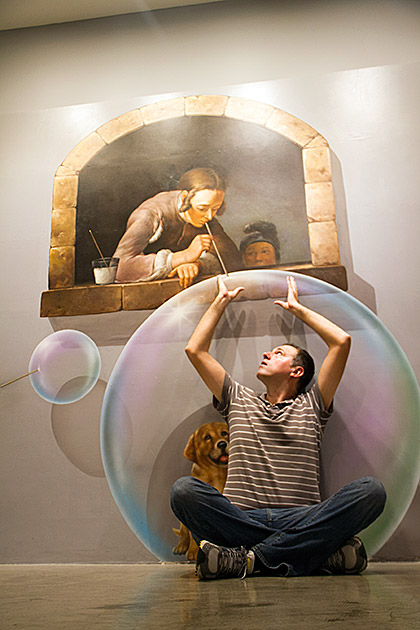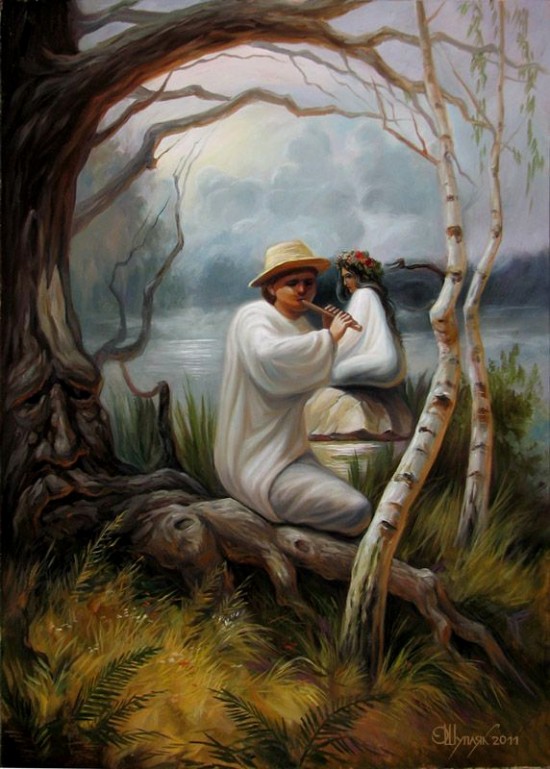

Escher, 1953, via New Hampshire Public Radio Please check your inbox to activate your subscription Thank you! Escher, whose skilful and impossibly surreal artworks illustrate a dizzyingly complex universe of tessellated patterns and alternate realities. But one of the most fascinating artists to bring such ideas into the art world was the Dutch graphic artist M.C.


Hill’s Young Woman Old Woman, and Edgar Rubin’s Vase, 1915 – images like these were popular parlour games, rather than serious works of art. Other artists and illustrators of the same era played with surreal dualities, where a single image could contain two different reference points, such as W.E. In Seurat’s paintings these shimmering dots formed a dizzying and mesmerising ‘heat-haze’ that dissolved the borders between objects and the space around them. In the 19th century, Pointillist artists Georges Seurat and Paul Signac experimented with the optical effects of color, exploring how patterns of tiny dots in pure, unmixed color placed side by side could ‘blend’ in the eye when seen from a distance. Bliss Collection and Museum of Modern Art, via The New York Times Some even experimented with how a camera obscura could create strange, anamorphosis effects in their work, such as Hans Holbein The Younger’s famously enigmatic painting The Ambassadors, 1533, in which a distorted skull stretched across the foreground can only be properly seen from a side-on angle.Įntrance to the Harbour by Georges Seurat, 1888, in the Lillie P. The camera obscura was also a popular tool amongst Renaissance artists, allowing them to achieve astounding levels of realism by projecting real life onto canvas through a pinhole lens. Some might even say the discovery of linear perspective in the early Renaissance was the first optical effect to appear in art, allowing artists to create the tromp l’oeil illusion of depth and space like never before. The History of Optical Art The Ambassadors by Hans Holbein the Younger, 1533, via The National Gallery, LondonĪlthough we might think of Optical Art’s crazy-making patterns and colors as a contemporary phenomenon, optical effects have been a vital strand of art history since Renaissance times. But first, let’s take a look at the historical evolution of Optical Art and the artists who paved the way for today’s practitioners. In this article we examine five of the most common features that have defined Optical Art in modern and contemporary times. Viewing these artworks can be a truly mind-bending experience, lifting us out of the ordinary world and into the realms of the surreal and fantastical. This strand of art practice explores the magical wonders of optical illusions, titillating the senses and disrupting our physiological and psychological perceptions with weird patterns that induce swelling, warping and blurring, or create terrifying illusions of depth, light and space.

Optical illusions have fascinated artists for centuries, but it is only since the 1960s that the term Optical Art, or Op Art became recognised as a verifiable art movement in its own right. Peter Kogler installation view at Galerie Mitterand, 2016 with Epoff by Victor Vasarely, 1969 and Relativity by M.C.


 0 kommentar(er)
0 kommentar(er)
